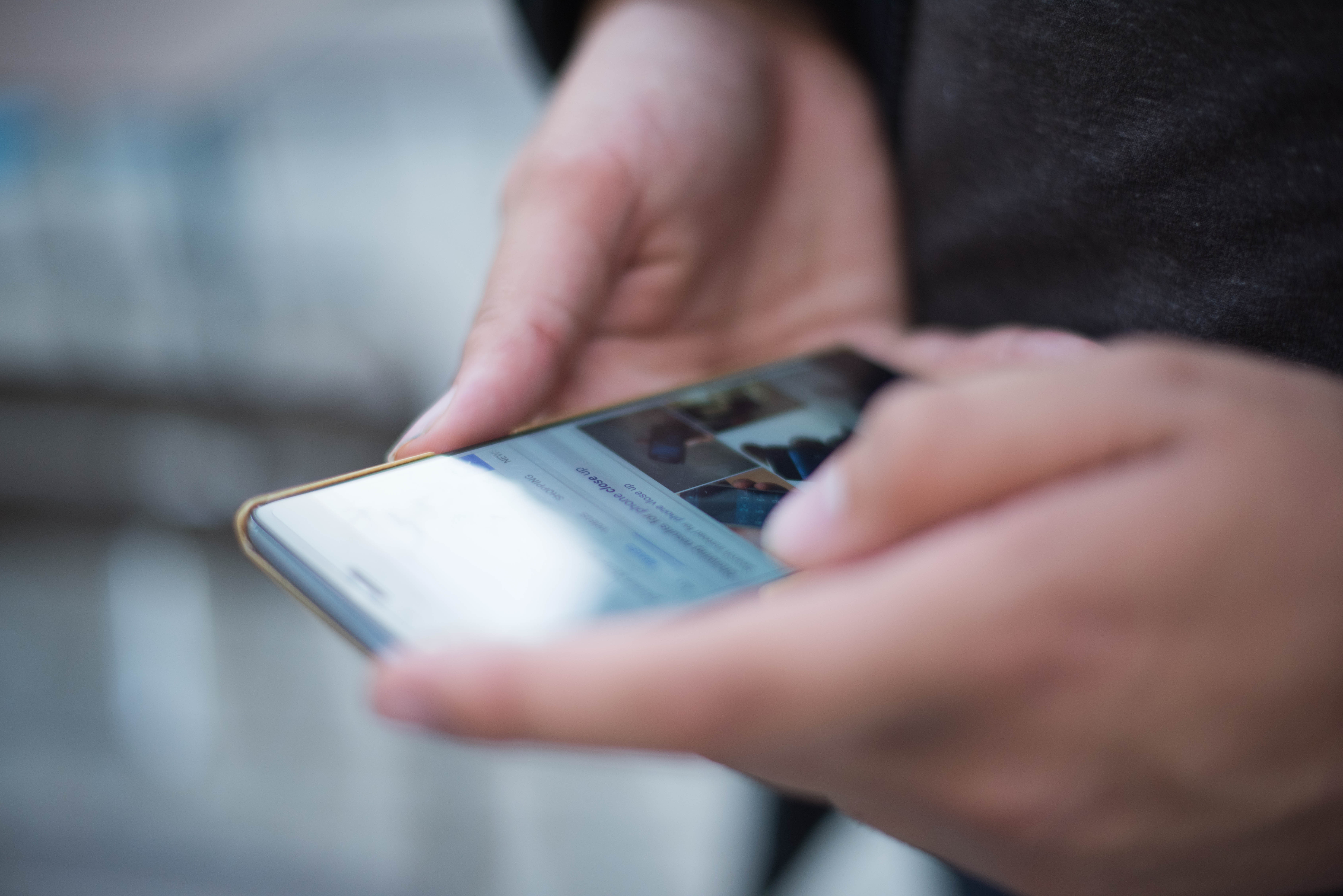If you are asking yourself what are the UX / UI trends for the future, opinions are numerous among the experts and revolve around several recurring themes including automation and versatility.
In this interconnected world, dominated by countless types of Internet-connected devices, there are as many different consumer, behaviour and needs profiles as different opportunities to offer the most extraordinary and satisfying UX mobile experience. A delicate task for sure, because there is an increased difficulty for achieving optimal user satisfaction in the mobile context. What works in a given context will not work in absolute terms, so any mobile UX design must be based on a clear understanding of the needs, expectations, and behaviours of potential users of the service.
An animated or interactive image results in a connection that makes the app appealing and dedicated to sharing
Although it should be used in a timely and relevant manner, animation is an asset that can highlight the UI of a mobile application. Designers should try to incorporate useful animations into application interfaces that really benefit the mobile user experience.
One feature that is more and more present is attracting the user with the design of the application and its interactivities, the backgrounds that will change during certain actions, the icons that fit the size of smartphones and tablets, the pull down features that are also illustrated by animations, anything that may make you want your user to stay on your application but also to share with his entourage.
With the ramping up of technology and more visual pressure from the UI of data, we will start to see the establishment of more conventions for the representation of certain elements. For example: pie charts, bar charts, and so on. We are also limited to some languages used for multi-OS systems, such as native react and ruby languages in native OS languages.
The interconnected world requires automation
Intelligent home technology means more and more people are always connected to the Internet at home for whatever reason, from essentials like heating to checking sports scores or listening to their preferred music streaming service provider. Application designers will further develop the potential of automation, to learn what people do and when they do it, and thus prevent them from having to always ask their applications or devices to perform these actions.
Omnipresent multi-screens to shape the UX mobile
The paradigm of interaction has changed. People no longer use a single device, they interact in mobility, using the device best suited to the context: mobile smartphone, computer in the office, tablet in the living room, etc. As a result, the design of a digital service can no longer rely on a single device; we don’t develop for a device, we develop a global experience that will instantiate on different devices depending on the context. This is one of the main changes of the UX in recent years: the arrival of ubiquitous applications also called “multi-screens”. From now on, it is the experience which takes precedence, and no longer the device. The device has become a support for the user experience, adapting to the context of use. It is no longer the focus of the user experience.
One of the trends in mobile UX is the increased attention in age-related design and capability. We can gather enough data on the behavior of mobile users to tailor experiences to the very young, to seniors, to those with different types of visual impairments, and to many other categories experiencing difficulties in the expected experience at the time of use of digital products. These considerations will have an impact on how we customize navigation, layout, color palettes, and font processing to create unique experiences for each category of users and perhaps for everyone. You must not lose people by writing endless texts or forcing them to navigate too long to find what they are looking for. Keep it simple, focus on what makes you different from your competitors and clearly mark the next step on each page.
When designing a mobile application, it is important to take into account “micro-moments” or how to turn a moment of rest into a potential moment of purchase. These micro-moments are representative for a new era of use, users want to be able to buy, consult their sites and applications during the coffee break, transport, waiting room, as long as we can retain them and accompany them in these choices.
Parallax Scrolling
Every time a client is scrolling through a site, he or she is seeing something new. So you can make a message that will not intrude their experience, and can implement as many effects as you want to, reducing even the bounce rate on a landing page. Recently, many websites are developed with this component and it is becoming an important part of UI/UX design.
Included Voice Experiences
We are thinking of the situation where you are entering a site and every step or feature has a guide, like in a museum, who explains to you every move you should make to accomplish something that is desired. It’s becoming a reality and it’s implemented recently by many website owners, because it makes the experience look and feel so much advanced. It can also be a game changer in the market, because people are moving towards a period of time where the presence of a company or brand can attract and retain new customers. Everything is moving towards engagement and relationships organizations have with their buyers. It is important that brands should focus not on what they have to offer, but on how they make this offers available to the public.




